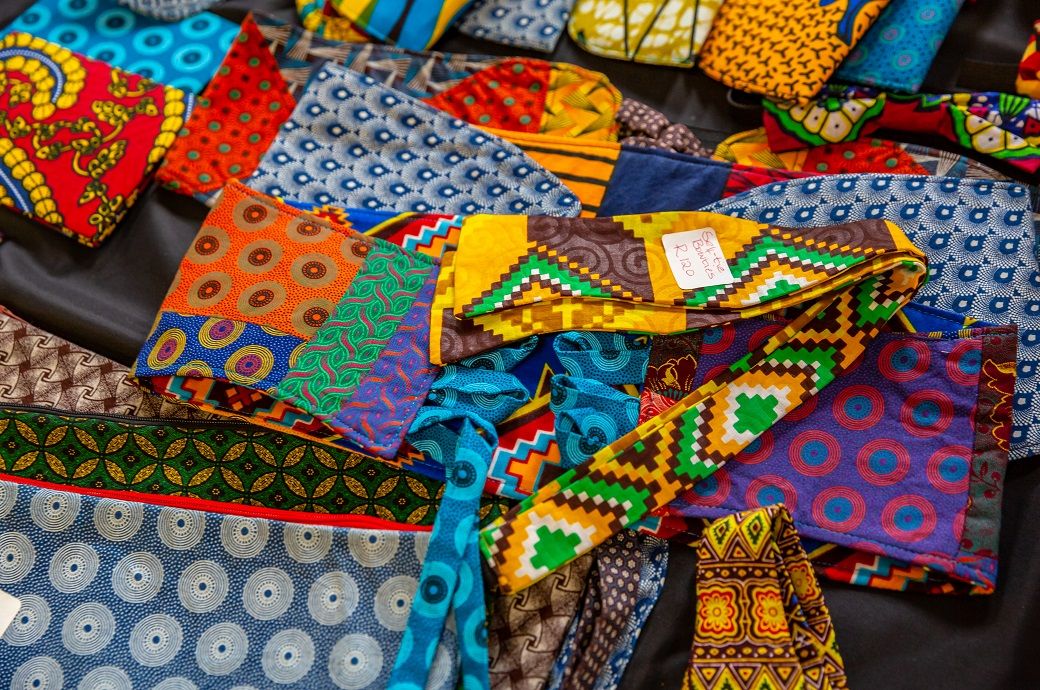
Far from being competitors, the two sectors serve different markets. While Kenyan households are hybrid consumers, buying both new and used clothes, as incomes rise, the consumption of used clothes decreases, the study report titled ‘A Future Look at the Apparel and Footwear Industry in Kenya (2022–2037)’ notes.
It highlights that mitumba is not a threat to Kenya’s industrial ambitions, but a vital part of a diversified economy that can work not just in Kenya but across the African continent.
By 2037, a Kenyan’s average income is expected to double, leading to robust market demand for both sectors as people look to spend more money on clothes, it says.
An apparel sector comprising used clothing imports and local production can drive inclusive economic growth, job creation and sustainability in line with Kenya’s Vision 2030 and the African Union’s Agenda 2063. But this relies on a supportive policy regime that boosts both used clothing imports and local production, notes the report.
The report offers a 15-year road map for strengthening Kenya’s apparel and footwear industry using advanced economic modelling, consumer survey data and policy analysis.
The reuse and upcycling of garments through the mitumba market significantly reduce textile waste and lower the fashion industry’s environmental footprint. By keeping usable clothing in circulation instead of landfills, the second-hand trade advances circular economy goals and aligns with global sustainability efforts to curb waste and pollution, adds the report.
ALCHEMPro News Desk (DS)
Receive daily prices and market insights straight to your inbox. Subscribe to AlchemPro Weekly!